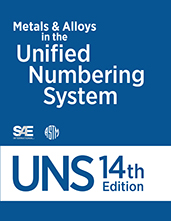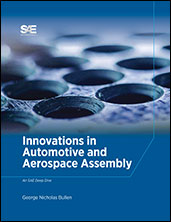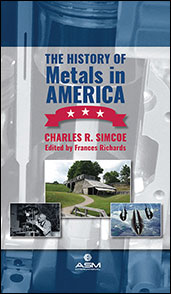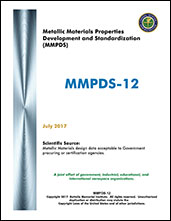Book

Metallic Materials Properties Development and Standardization (MMPDS) Handbook - 2023
2023-07-05
The Metallic Materials Properties Development and Standardization MMPDS-2023 supersedes MMPDS-17 and prior editions of the MMPDS Handbook as well as all editions of MIL-HDBK-5, Metallic Materials and Elements for Aerospace Vehicle Structures Handbook that was maintained by the U.S. Air Force. The last edition, MIL-HDBK-5J was cancelled by the U.S. Air Force in March 2006. This document contains design information on the mechanical and physical properties of metallic materials and joints commonly used in aircraft and aerospace vehicle structures. All information contained in this Handbook has been reviewed and approved using a standardized process. The development and ongoing maintenance process involves certifying agencies, including the FAA, DoD, and NASA, and major material suppliers and material users worldwide. The information and procedures in this Handbook are continuously reviewed and modified or removed as determined to be appropriate.



















